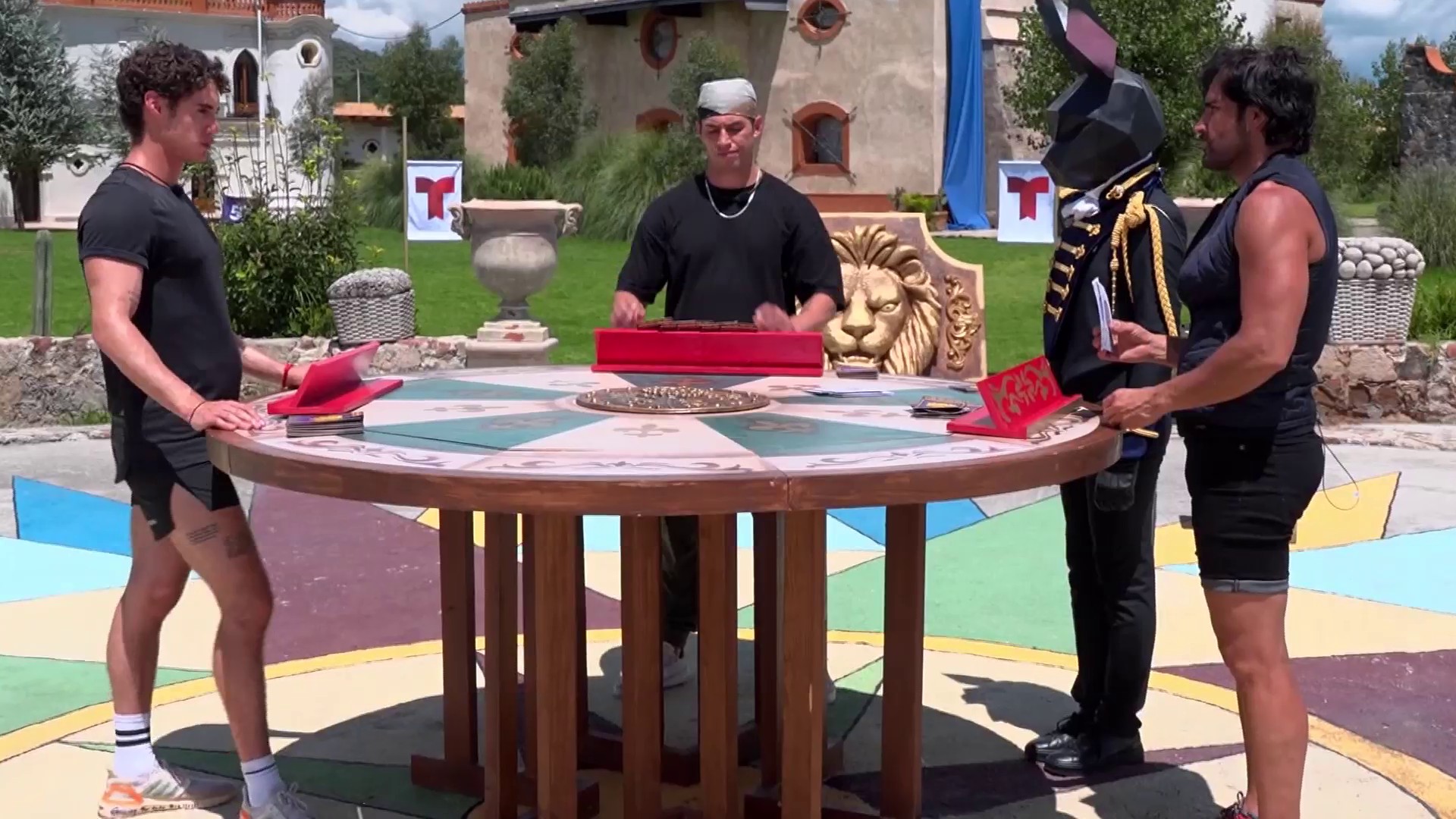The next full moon will create a lunar trifecta was visible from San Diego this week.
September's full moon rose at 7:34 p.m. Tuesday, not only was it a supermoon, but it was also this year's Harvest Moon, which will coincide with a partial lunar eclipse.
Here is how it looked above our skyline:



Here's the breakdown of what made this month's super-Harvest-Moon-partial-lunar-eclipse so special.
Destacados
What is a supermoon?
A supermoon occurs when a full lunar phase syncs up with an especially close swing around Earth. This usually happens only three or four times a year and consecutively, given the moon’s constantly shifting, oval-shaped orbit.
A supermoon obviously isn’t bigger, but it can appear that way.
This supermoon will be nearly about 222,000 miles from Earth. The next will occur in October.
What is a Harvest Moon?
A Harvest Moon happens once a year, usually in September or October, whichever full moon occurs closest to the fall equinox. This year, the fall equinox lands on Sept. 22.
The name grew from a time before electricity, when farmers had to rely on the moon's light to harvest crops late into the night before winter's arrival, according to NASA. The harvest moon's illumination was particularly important to farmers during the fall, which is when they could gather the most crops.
Each month's full moon may also have Native American names to associate with crops that were harvested under that month's moon. September's moon has also been popularized as the Corn Moon. Europeans may refer to the moon as the Fruit Moon or the Barley Moon.
What is a lunar eclipse?
A partial lunar eclipse is also expected to be visible by people in North America, South America, Africa and Europe. A partial lunar eclipse occurs when the Earth passes between the moon and the sun, casting a shadow onto the moon.
Will the lunar eclipse be visible in San Diego?
Only a tiny fraction of the moon will be obscured by this eclipse. At the eclipse's peak, the moon will only look like a tiny bite was taken out of the northwest corner.
The moon will be close to the horizon, so you'll want to have a clear view to the East if you're going to try to see the eclipse.
Visibility will also hinge on weather conditions. Get your First Alert Forecast here.
What time is the 'supermoon eclipse?'
The penumbra eclipse -- when the moon is within Earth's outer shadow -- will begin at about 5:41 p.m. for San Diego. In that phase, the moon will just get slightly darker.
The Earth's umbra, or inner shadow, will begin to obscure the moon at about 7:12 p.m.
Maximum eclipse, which will only be about .085 magnitude out of 1 for San Diego, is expected to occur at 7:44 p.m.
The entire eclipse will last nearly three hours, ending at 9:47 p.m.
Do I need to wear protective eyewear?
Unlike with solar eclipses, there’s no need to wear protective eyewear when watching a lunar eclipse and it can be viewed safely with the naked eye, NBC News reports.
When is the next lunar eclipse?
Another eclipse won't be visible from North America until March 13, 2025. On that date, San Diego will be able to experience a total lunar eclipse.



